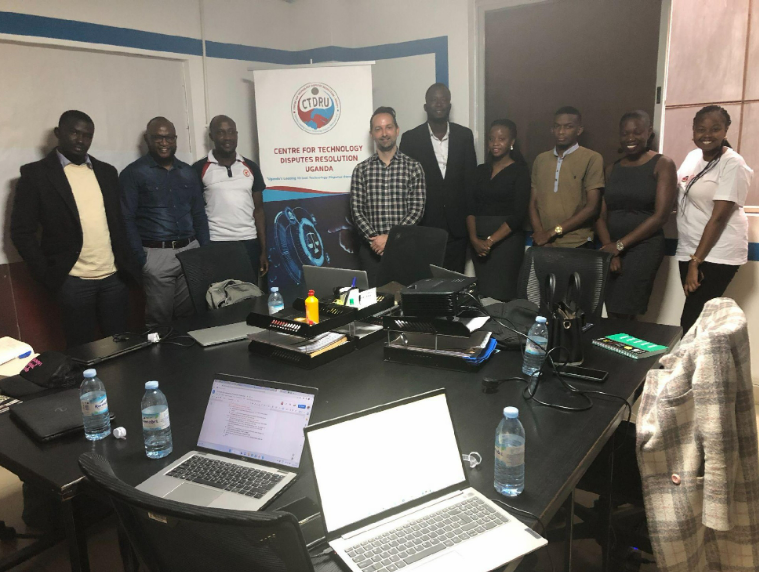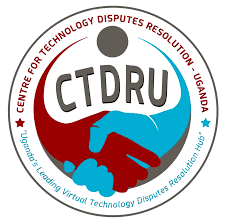Measuring the Impact of Legal Assistance on Mobile Money Dispute Resolution in Uganda

Funded by IPA’s Consumer Protection Research Initiative and in collaboration with Center for Technology Disputes Resolution - Uganda (CTDR-U), researchers conducted a randomized evaluation in Uganda that found that offering legal aid to consumers in a dispute with a mobile money network operator increased dispute resolutions, trust in and use of mobile money, ability to cope with shocks, and access to credit.
Mobile money has rapidly expanded across Sub-Saharan Africa, including Uganda, where over 25 million accounts were registered by the end of 2022.1 However, previous research by IPA in Uganda revealed that 49 percent of users faced issues such as not receiving funds, unpaid utility bills, and difficulties reaching customer service.2 CTDR-U offers legal aid to consumers in mobile money disputes by discussing cases with them, providing legal information, accompanying them to customer care centers, resolving disputes with providers, and reporting fraud to the police and regulators.
Funded by IPA’s Consumer Protection Research Initiative and in collaboration with CTDR-U, researchers conducted a randomized evaluation to measure the impact of the legal aid services provided by CTDR-U case workers. A total of 792 mobile money users with a dispute in the 90 days prior to the intervention were randomly assigned to either receive the legal aid services or serve as a comparison group. Researchers measured indicators including case resolution, trust, and use of mobile money.
CTDR-U’s legal services increased dispute resolution by 23 percent, from 30 percent of disputes resolved in the comparison group to 37 percent in the group that received legal services. This stemmed from CTDR-U providing administrative support in navigating the bureaucratic resolution process with customer care centers rather than from the threat of legal action, which was unsuccessful because regulators and courts did not cooperate. Legal aid also increased the likelihood of consumers using mobile money by five percent and their trust in the service by eight percent. Due to this increased usage, mobile money enabled consumers to better cope with financial shocks through remittances and gain greater access to credit.
Sources
1. Simione, Felix F., and Tara S. Muehlschlegel. 2023. “Mobile Money, Perception about Cash, and Financial Inclusion: Learning from Uganda’s Micro-Level Data.” International Monetary Fund.
2. Mazer, Rafe, and Matthew Bird. 2021. “Consumer Protection Survey of Digital Finance Users: Uganda.”Harvard Dataverse.
Implementing Partner












